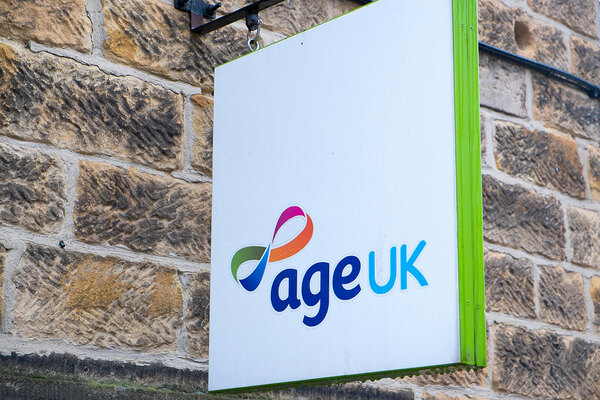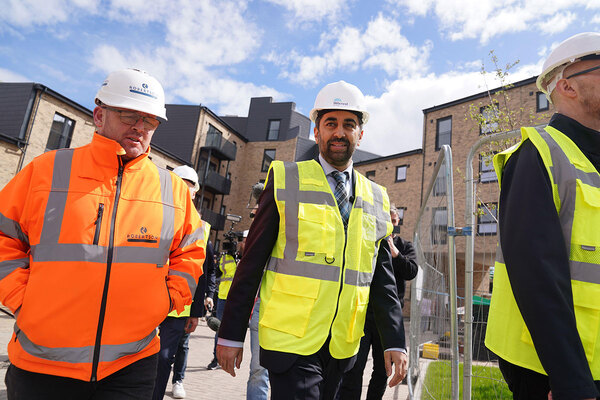"Affordable Rents" - still not affordable
A few weeks ago I wrote that the new “affordable rent” programme would produce unaffordable homes and that social housing providers were in danger of falling into a trap that could lead to the sector becoming more stigmatised and more residualised.
New research from Cambridge academics confirms my worries. The Cambridge Centre for Housing and Planning Research looked at five areas of the country on behalf of provider Affinity Sutton, and found that the new market-pegged rents will be unaffordable to families with three or more children - and would also breach the benefits cap - in four out of the five areas studied: Brighton and Hove, Bromley, Hertsmere, and Mid Sussex.
In Brighton and Hove a parent with two children would need to earn a gross annual salary of £39,450 to afford one of Affinity Sutton’s two bedroom flats without support from benefits.
Christine Whitehead, who led the research, hit the nail on the head when she said: “The big question now is, who is to be housed under the new regime? The low-income employed or those who will need housing benefit to pay the increased rents?”
Affinity Sutton say that the new regime could help people who are currently housed in the private sector. Well, up to a point Lord Copper. They are living in the private sector because they do not qualify for social housing, and the guidelines for the affordable rent programme are clear – housing is to be allocated under existing needs-based arrangements, either through Choice Based Lettings or through the traditional local authority needs register. This means that the new “affordable” homes will go overwhelmingly to people on benefits, precisely the group that the Cambridge research shows will suffer from the new rents once benefit caps kick in.
To his credit, Keith Exford, Affinity Sutton’s CEO, recognises this. He says the new programme will need “new thinking about housing priorities from local authorities when making nominations to new homes.” But I have seen nothing to indicate that this is about to happen. Moreover, as a result of the Cambridge research, Affinity Sutton say they will concentrate on building smaller homes under the new programme. If that becomes a general trend then there could be a widespread under-supply of family homes.
‘







